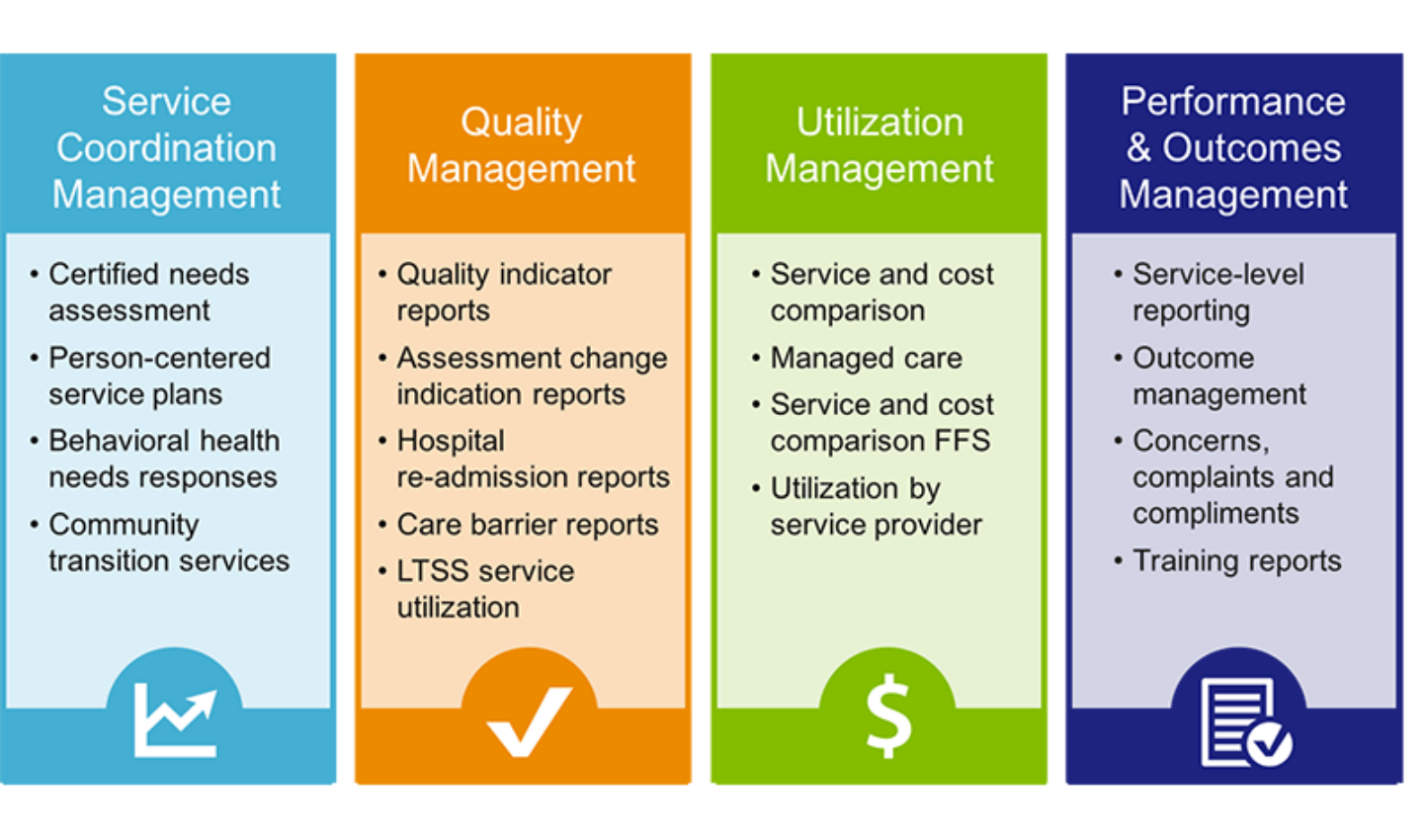As the elder population continues to grow, it becomes more important to consider the future of health care. By 2050, the population over the age of 65 will double and the population over the age of 85 will triple; and many will need long-term services and supports (LTSS). Health and human service agencies and providers are challenged with predicting possible changes in the demand for LTSS services in order to meet appropriate staffing and financial requirements.
UMass Chan Medical School’s TrendFinder LTSS® is an analytics tool that public agencies can use to project future demand and track performance in an efficient and cost-effective way. The platform provides health and human services decision makers with the data they need to accurately anticipate future surges in LTSS demand.
TrendFinder can integrate cross agency data, provide information access, and improve budget and operational monitoring of programs, which in turn means agencies and service providers can be better prepared to meet the health care demands of the rapidly expanding elderly population.
There are four key features of TrendFinder that can assist health and human service providers in making the right choices:
- Population trajectory reports and a geographical impact analysis to predict what there will be needs for and where to help with capacity planning.
- Interactive and customizable reports that collect a wide range of data tracking expenditure and utilization trends.
- Quality information from multiple sources to get a more accurate and robust analysis.
- Program integrity assurance by analyzing utilization and expenditures, validation of numbers, and protection against fraud and abuse.
As the demand for LTSS continues to rise, UMass Chan Medical School and its TrendFinder LTSS data analytics tool can ensure agencies and providers are prepared to meet future service demand.

